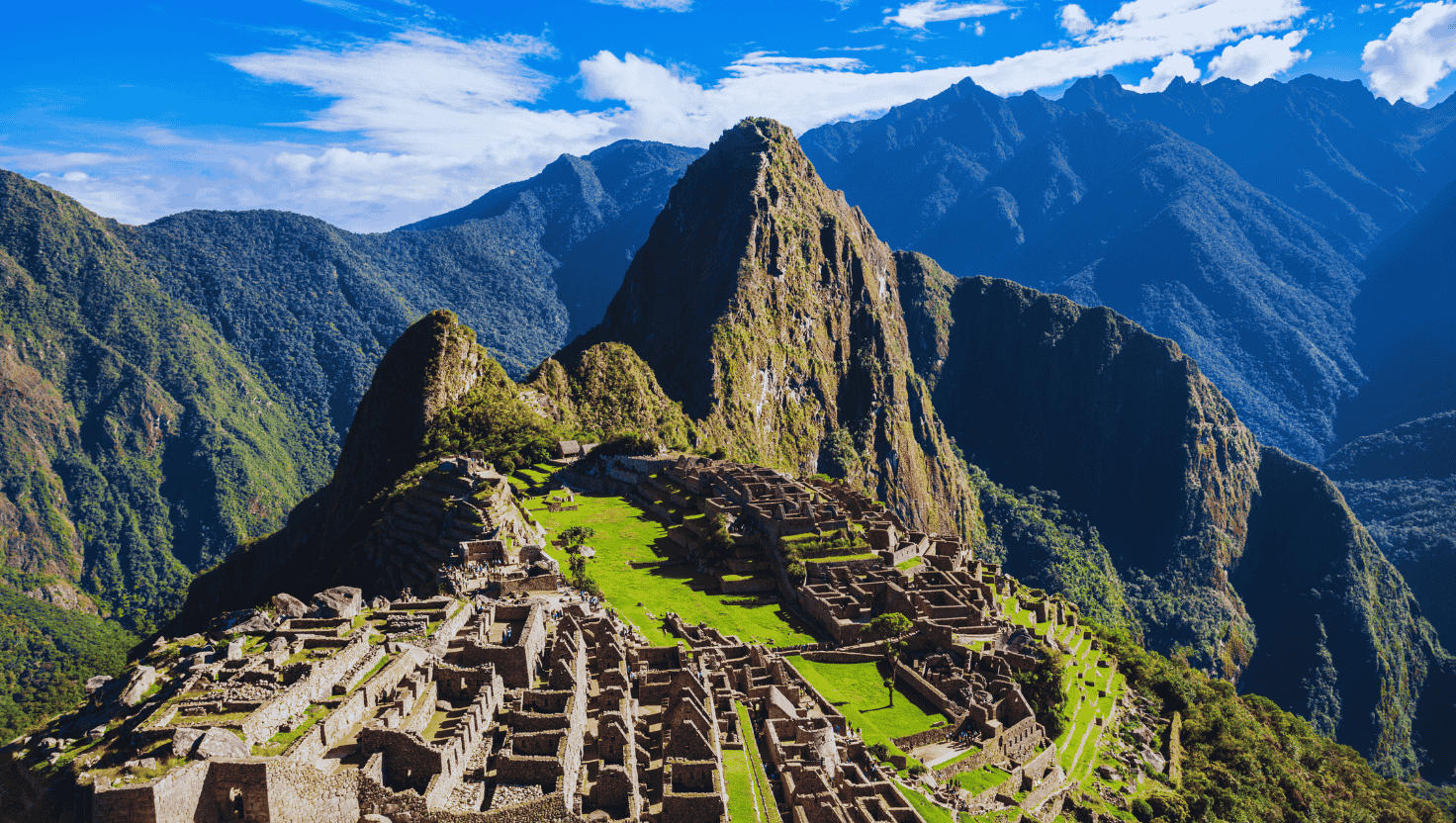
There are places in the world that are not just destinations, but journeys into the soul of humanity. Places where the veil between past and present thins, and legends become tangible. High in the rugged Andes of Peru, where condors circle above sacred peaks and the air is thin and pure, lies a path to the Lost City of the Incas. A path to Machu Picchu.
The very thought of this journey inspires awe, but also a series of questions. Do I have to be a professional mountaineer? Do I have to hike for days? Is it too complicated for a spontaneous adventure?
The answer is no. There is a way to experience all the magic of this sacred place, to walk the ancient stone streets of Cusco, and to be left breathless by your first glimpse of Machu Picchu, all without having to spend four days sleeping in a tent on the Inca Trail.
This guide is for you—for the spontaneous explorer, for the dreamer, for those with limited time, or for those who simply value the comfort of a train over a multi-day trek. This is your key to unlocking the ancient secrets of the Andes, step-by-step, without the blisters and exhaustion. Prepare for a journey that changes your perspective.
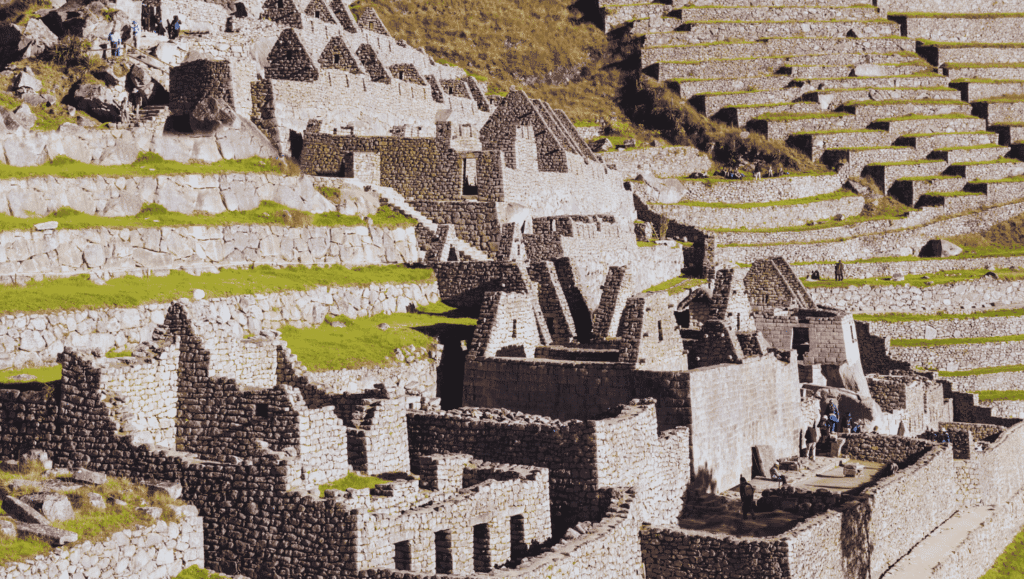
Handbook for a Journey to the Clouds: Preparing for the Inca World
Before you step into the Inca empire, you must master its unique challenges. This is the most important part of your preparation.
1. The Battle with Altitude: Conquering Soroche Cusco is located at 3,400 meters (11,152 ft) above sea level. Your body will react to the thin air. Altitude sickness, or soroche, is a reality, but it can be managed and prevented.
- Day One – Do Nothing: The biggest mistake travelers make is jumping straight into action. When you land in Cusco, your only task for that day is to rest. Take a gentle walk, sit in a café on the main square, eat a light dinner, and go to bed early.
- Hydration is Key: Drink enormous amounts of water. Far more than you think you need.
- Mate de Coca (Coca Tea): The holy grail of the Andes. Locals have chewed coca leaves or drunk tea from them for centuries to alleviate the symptoms of altitude sickness. You will be offered it in every hotel and restaurant. Drink it freely.
- Walk Slowly: Move as if you have all the time in the world. Rushing is your greatest enemy.
- Avoid alcohol and heavy food for the first two days.
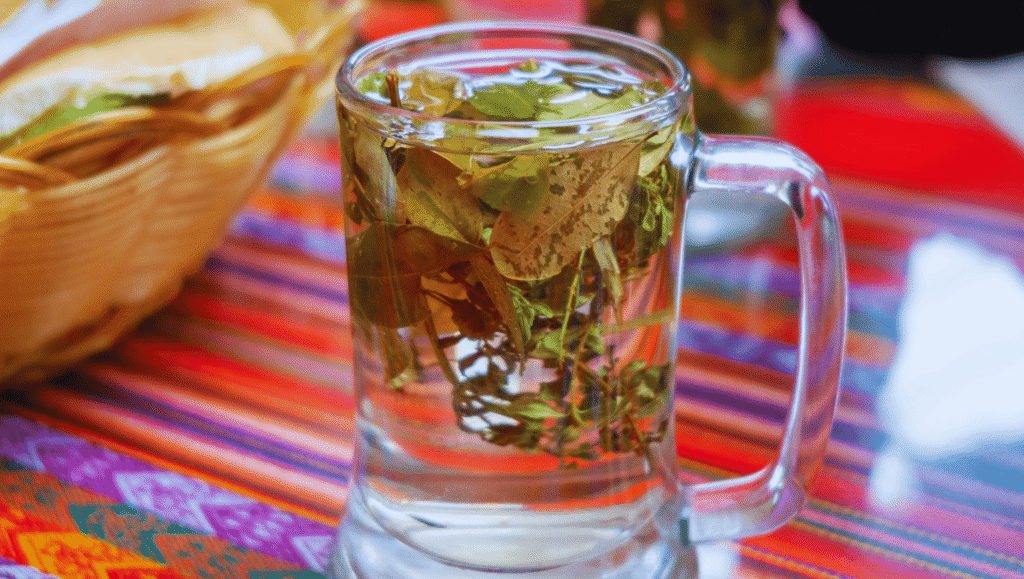
2. “Spontaneity” with a Plan: Booking Machu Picchu Tickets This is the one area where spontaneity is not an option. Tickets for Machu Picchu, especially during the dry season (April-October), sell out months in advance.
- How to Buy Tickets: It’s best to buy them through the official Ministry of Culture of Peru website or trusted online travel agencies.
- The New “Circuit” System: Entry to Machu Picchu is now organized into one-way circuits. To get that classic, panoramic postcard view of the entire city, you must buy a ticket for Circuit 1 or Circuit 2. Circuits 3 and 4 take you through the lower part of the city and do not offer the classic panorama. Choose carefully!
- Additional Hikes: Tickets to climb the Huayna Picchu or Machu Picchu Mountain peaks, which offer even more spectacular views, are sold separately and disappear even faster. If you want this, book 4-6 months in advance.
3. Logistics & Visa The journey is long. It typically involves a flight to a European hub, then a long-haul flight to Lima (Peru’s capital), and finally a short domestic flight from Lima to Cusco (CUZ). For many nationalities, a visa is not required for tourist stays of up to 90 days.
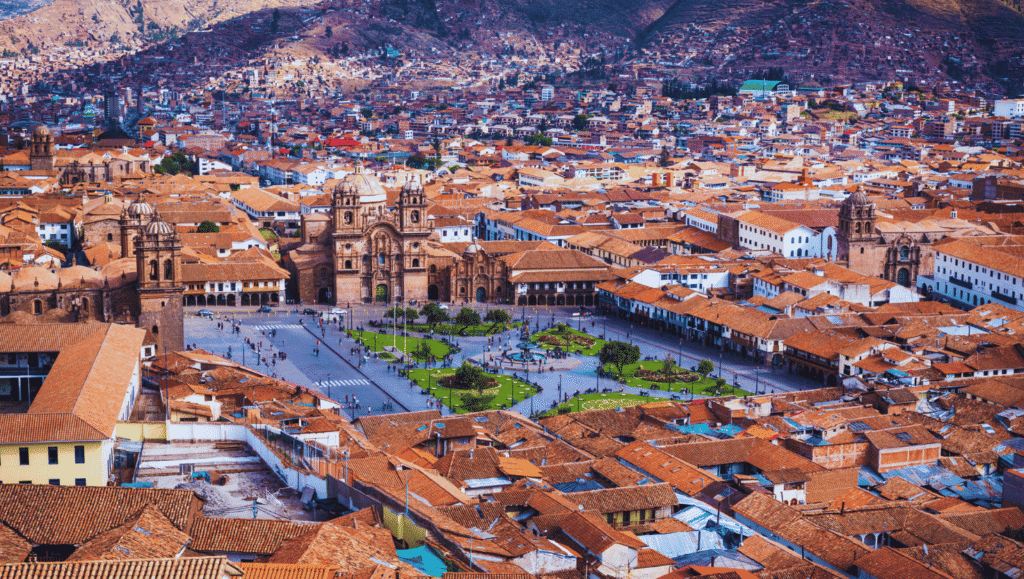
Chapter I: Cusco – The Navel of the World & Your Acclimatization Base
Spend at least two to three full days in Cusco before heading to Machu Picchu. It’s not just necessary for the altitude; the city itself is an incredible destination.
The Experience: Cusco was the capital and sacred city of the Inca Empire, their “navel of the world.” Today, it’s a fascinating blend of massive, perfectly fitted Inca stone foundations and the lavish Spanish colonial architecture built on top of them. Every street is a living museum.
What to See and Do in Cusco:
- Plaza de Armas (Main Square): The heart of the city, surrounded by beautiful cathedrals with ornate facades, balconies, and arcades. Sit on the cathedral steps and watch life go by.
- Qorikancha – The Temple of the Sun: Once the most important temple in the Inca empire, covered in gold. Spanish conquistadors plundered it and built the Santo Domingo convent on its foundations. Today, you can see the incredible fusion of these two cultures.
- The San Blas Quarter: The artistic soul of Cusco. Climb the steep, narrow streets to this bohemian neighborhood, full of small art studios, workshops, and charming cafés.
- San Pedro Market: An explosion for the senses. Here you’ll see everything the Andes have to offer: rows of hundreds of potato varieties, exotic fruits you’ve never heard of, and stalls with fresh juices and local textiles.
- Archaeological Sites Above the City: Hire a taxi for a few hours and visit the four key Inca sites overlooking the city: Sacsayhuamán with its cyclopean walls, Q’enqo, Puca Pucara, and Tambomachay.
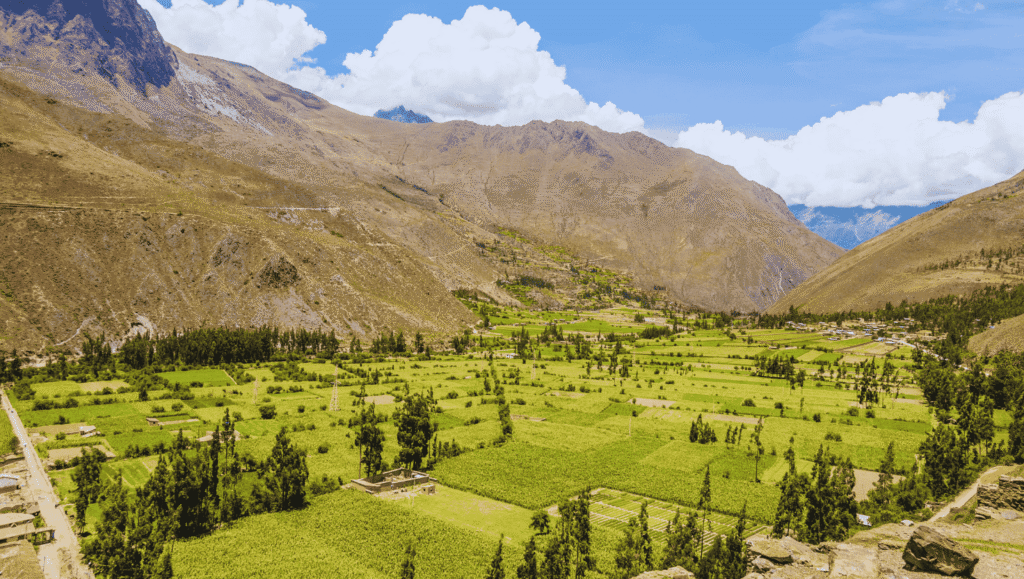
Chapter II: The Sacred Valley of the Incas – A Journey Through Time
Between Cusco and Machu Picchu lies the Sacred Valley of the Urubamba River. This is not just a transit zone but a key part of the puzzle and a beautiful region in its own right. The best way to explore it is by hiring a private taxi for the day or joining a small group tour.
Jewels of the Sacred Valley:
- Pisaq: Famous for its huge, colorful craft market (best on Sundays) and, even more impressively, the Inca ruins high on the hill above the town. The complex of terraces, temples, and tombs is vast.
- Ollantaytambo: An absolute must-see. This is the best-preserved “living Inca town.” The modern village lies on the same foundations and has the same street layout as in Inca times. Towering above the town is an incredible fortress-temple with steep terraces. Ollantaytambo is also the main departure station for the train to Machu Picchu.
- Chinchero: A less-visited but authentic high-altitude village known for its beautiful colonial church built on Inca palace foundations and traditional weaving demonstrations.
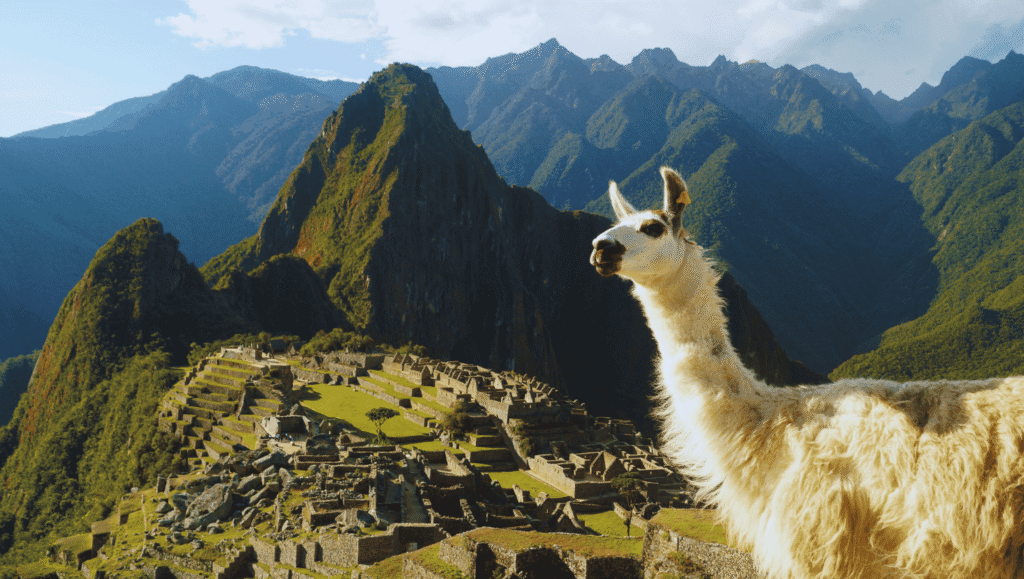
Chapter III: Machu Picchu – The Climax of the Journey
Finally, the moment you’ve been waiting for. The path to the Lost City.
Logistics: The Path to the Lost City (No Trekking)
- Departure: It’s best to spend the night in Ollantaytambo to catch an early morning train.
- The Train – Your Carriage Through the Andes: The train journey from Ollantaytambo to Aguas Calientes is one of the most beautiful in the world. The train follows the Urubamba River as it carves through an increasingly narrow canyon, and the landscape transforms from dry Andes to dense, subtropical jungle. The two main companies are PeruRail and Inca Rail. The Vistadome class (or similar), with its panoramic roof windows, is highly recommended.
- Aguas Calientes: The village at the base of Machu Picchu. Honestly, it’s a purely tourist town without much charm, serving only as a base.
- The Bus to the Top: From the center of Aguas Calientes, buses run for 25 minutes up a winding road to the entrance of Machu Picchu. Tip: Buy your round-trip bus ticket the day before to avoid the huge queues in the morning.
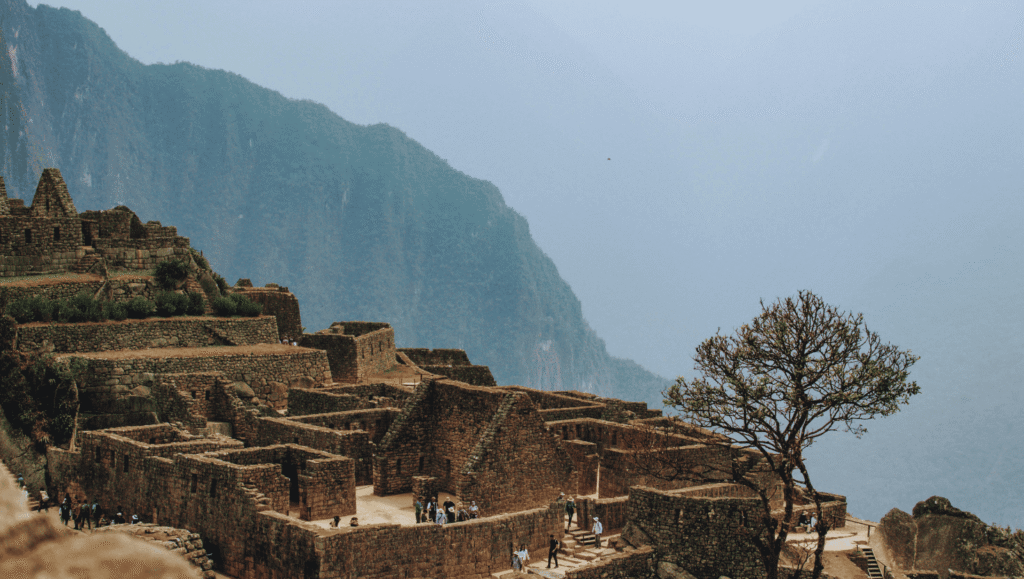
Finally There: Experiencing the Sacred City Words cannot adequately describe the feeling of seeing Machu Picchu for the first time. After passing through the entrance, a breathtaking scene unfolds before you—a perfectly preserved city of gray granite, draped in green terraces, with the sharp peak of Huayna Picchu as its backdrop.
- Hire a Guide: Highly recommended! You can hire an official guide at the entrance. Without one, you’re just looking at beautiful stones. With a guide, every stone gets a story about astronomy, religion, agriculture, and the daily life of the Incas.
- What to See: Your guide will lead you through your chosen circuit. Pay attention to the Temple of the Sun, the Intihuatana stone (the “hitching post of the sun”), the Room of the Three Windows, and the incredible precision of the stonework.
- The Energy of the Place: Allow yourself a moment to just sit, be silent, and absorb the energy. Watch the llamas grazing freely. Feel the mystery and peace of this incredible place.
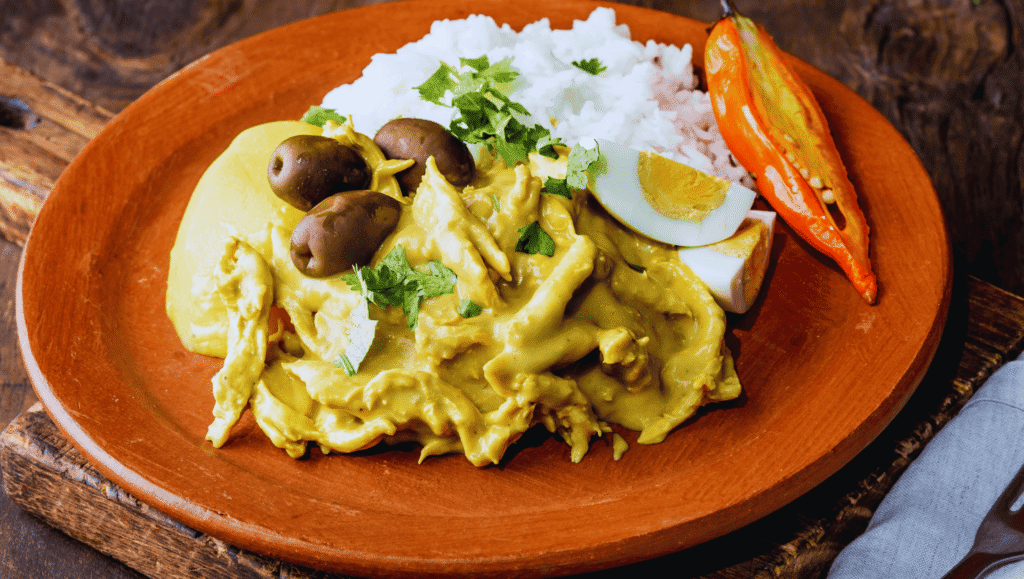
The Flavors of the Andes: A Taste of the Inca Land
Peruvian cuisine is one of the best in the world.
- Must-Try Dishes: Ceviche (fresh fish marinated in lime juice), Lomo Saltado (stir-fried beef with onions, tomatoes, and potatoes), Aji de Gallina (a creamy chicken stew). For the adventurous, there’s Alpaca meat and Cuy (roasted guinea pig, a local delicacy).
- Drinks: The national cocktail is the Pisco Sour. Be sure to try Mate de Coca for the altitude and the bright yellow Inca Kola, the most popular soft drink.

Conclusion: A Journey That Changes You
A trip to Cusco and Machu Picchu is much more than a vacation. It’s a pilgrimage. It’s a confrontation with your own physical limits (due to the altitude) and a reward in the form of a spiritual and aesthetic awareness that is rarely experienced elsewhere. It’s a reminder of the genius of an ancient civilization and the power and beauty of the nature that surrounds it.
The fact that you can experience this world wonder without an exhausting trek makes it a dream accessible to everyone—dreamers, explorers, lovers of history and beauty. You will return home not just with beautiful photographs, but with a piece of the Andean spirit within you. And that spirit will change you forever.

